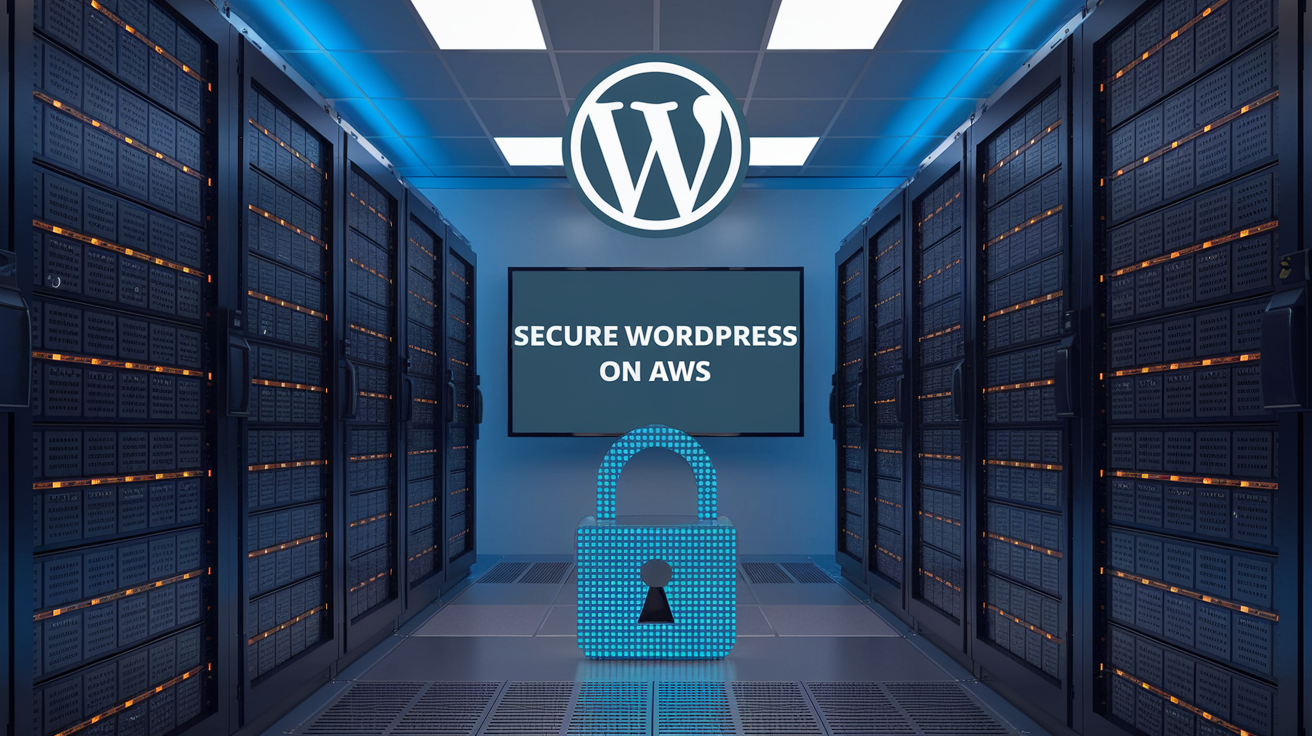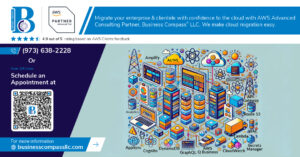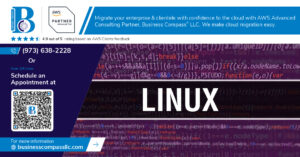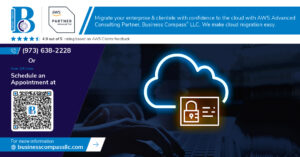Is your WordPress site on AWS keeping you up at night? 😰 You’re not alone. With cyber threats evolving faster than ever, securing your WordPress installation on Amazon Web Services can feel like a daunting task. But fear not – your digital fortress is within reach.
Imagine a WordPress site that’s not just functional, but fortified. 🏰 A site that stands strong against hackers, malware, and data breaches. This isn’t just a dream – it’s a reality you can achieve with the right knowledge and tools. From understanding AWS security basics to implementing robust backup strategies, we’re about to embark on a journey to transform your WordPress site into an impenetrable stronghold.
Ready to sleep soundly, knowing your site is secure? Let’s dive into the essential steps for securing WordPress on AWS, covering everything from hardening your core installation to configuring advanced security measures like AWS Web Application Firewall. Buckle up – your path to WordPress security mastery starts now!
Understanding AWS Security Basics

AWS Security Groups
AWS Security Groups act as virtual firewalls for your EC2 instances, controlling inbound and outbound traffic. They operate at the instance level, allowing you to specify which protocols, ports, and IP ranges are permitted.
Key features of Security Groups:
- Stateful: Return traffic is automatically allowed
- Allow rules only: You can’t create deny rules
- Evaluated as a whole: All rules are checked before deciding to allow traffic
| Rule Type | Protocol | Port Range | Source/Destination |
|---|---|---|---|
| Inbound | TCP | 80 | 0.0.0.0/0 |
| Outbound | All | All | 0.0.0.0/0 |
Network Access Control Lists (NACLs)
NACLs provide an additional layer of network security, operating at the subnet level. Unlike Security Groups, NACLs are stateless and support both allow and deny rules.
• Numbered rules: Processed in order from lowest to highest
• Default NACL: Allows all inbound and outbound traffic
• Custom NACLs: Deny all traffic by default
Identity and Access Management (IAM)
IAM enables you to manage access to AWS services and resources securely. It allows you to create and manage users, groups, and permissions.
Key IAM components:
- Users: Individual AWS accounts
- Groups: Collections of users with shared permissions
- Roles: Sets of permissions for specific use cases
- Policies: Documents defining permissions
Virtual Private Cloud (VPC) configuration
VPC allows you to launch AWS resources in a logically isolated virtual network. It provides control over your networking environment, including IP address ranges, subnets, and route tables.
Best practices for VPC security:
- Use private subnets for resources that don’t need internet access
- Implement VPC flow logs for network monitoring
- Utilize VPC endpoints to securely access AWS services
Now that we’ve covered the basics of AWS security, let’s move on to hardening the WordPress core itself.
Hardening WordPress Core

A. Keep WordPress updated
Keeping WordPress updated is crucial for maintaining a secure website. WordPress regularly releases updates that address security vulnerabilities, fix bugs, and introduce new features. Here’s why it’s essential and how to do it effectively:
-
Importance of updates:
- Patch security vulnerabilities
- Improve performance
- Add new features
- Ensure compatibility with latest plugins and themes
-
Best practices for updating:
- Enable automatic updates for minor releases
- Manually update major releases after testing
- Update plugins and themes alongside core updates
- Backup your site before updating
| Update Type | Frequency | Recommendation |
|---|---|---|
| Core (minor) | Monthly | Enable automatic updates |
| Core (major) | 3-4 times/year | Manual update after testing |
| Plugins | Varies | Enable automatic or update weekly |
| Themes | Less frequent | Update manually as needed |
B. Implement strong password policies
Strong passwords are your first line of defense against unauthorized access. Enforce robust password policies to protect your WordPress site:
- Use a combination of uppercase and lowercase letters, numbers, and special characters
- Require a minimum password length of 12 characters
- Encourage the use of passphrase instead of single words
- Implement password expiration and prevent password reuse
- Use a password manager to generate and store complex passwords
C. Enable two-factor authentication
Two-factor authentication (2FA) adds an extra layer of security by requiring a second form of verification beyond just a password. This significantly reduces the risk of unauthorized access, even if passwords are compromised.
D. Limit login attempts
Implementing login attempt limitations helps prevent brute force attacks. By restricting the number of failed login attempts, you can deter automated attacks and protect user accounts.
E. Disable file editing in the WordPress dashboard
Disabling file editing in the WordPress dashboard prevents potential attackers from modifying your theme or plugin files directly through the admin interface. This simple step can significantly enhance your site’s security.
Now that we’ve covered the essential steps for hardening WordPress core, let’s move on to securing WordPress plugins and themes, which are often targets for attackers.
Securing WordPress Plugins and Themes

Use reputable plugins and themes
When securing your WordPress site on AWS, it’s crucial to use reputable plugins and themes. Start by researching and selecting plugins and themes from trusted sources such as:
- WordPress.org official repository
- Well-known premium theme marketplaces
- Established WordPress development companies
Here’s a comparison of different sources for WordPress plugins and themes:
| Source | Pros | Cons |
|---|---|---|
| WordPress.org | Free, vetted for security | Limited features |
| Premium marketplaces | High-quality, regular updates | Paid, potential compatibility issues |
| Custom development | Tailored to your needs | Expensive, time-consuming |
Keep plugins and themes updated
Regularly updating your plugins and themes is essential for maintaining security. Follow these best practices:
- Enable automatic updates when possible
- Set a schedule for manual updates
- Test updates on a staging site before applying to production
- Monitor plugin and theme changelogs for security patches
Remove unused plugins and themes
Unnecessary plugins and themes can create security vulnerabilities. Take these steps to maintain a clean WordPress installation:
- Regularly audit your installed plugins and themes
- Deactivate and delete unused items
- Keep only essential plugins and themes active
Implement plugin access controls
Limit plugin access to enhance security:
- Use role-based access control plugins
- Restrict admin capabilities for non-essential users
- Implement two-factor authentication for plugin management
- Regularly review and update user permissions
By following these guidelines, you’ll significantly improve the security of your WordPress plugins and themes on AWS. Next, we’ll explore how to configure AWS Web Application Firewall (WAF) for additional protection.
Configuring AWS Web Application Firewall (WAF)

Set up AWS WAF rules
To effectively secure your WordPress site on AWS, configuring the AWS Web Application Firewall (WAF) is crucial. Start by setting up WAF rules tailored to your WordPress environment. These rules act as the first line of defense against potential threats.
Block common attack patterns
AWS WAF allows you to block common attack patterns that target WordPress sites. Here’s a table of some essential rules to implement:
| Attack Pattern | WAF Rule |
|---|---|
| SQL Injection | Block SQL keywords in URI, query string, or body |
| Cross-Site Scripting (XSS) | Block scripts in URI, query string, or body |
| Remote File Inclusion (RFI) | Block suspicious file extensions in requests |
| WordPress-specific attacks | Block access to wp-config.php, wp-admin directory |
Implement IP reputation lists
Leverage AWS WAF’s IP reputation lists to automatically block requests from known malicious IP addresses. This proactive approach significantly reduces the risk of attacks from recognized threat sources.
- Use AWS Managed Rules for automatic updates
- Implement custom IP lists for specific threats
- Regularly review and update IP reputation lists
Configure rate limiting
Implement rate limiting to prevent brute force attacks and DDoS attempts:
- Set a threshold for requests per IP address
- Configure time-based rules (e.g., max requests per minute)
- Apply stricter limits for sensitive areas like login pages
Next, we’ll explore essential database security measures to further fortify your WordPress installation on AWS.
Database Security Measures

Use Amazon RDS for managed database services
Amazon RDS (Relational Database Service) offers a robust and secure solution for managing WordPress databases on AWS. By leveraging RDS, you can offload many security responsibilities to AWS, ensuring a higher level of protection for your data.
Key benefits of using Amazon RDS:
- Automated patching and updates
- Built-in security features
- Scalability and high availability
- Simplified database administration
| Feature | Benefit |
|---|---|
| Multi-AZ deployment | Improved data durability and availability |
| Automated backups | Simplified disaster recovery |
| Encryption at rest | Enhanced data protection |
| Network isolation | Increased security through VPC integration |
Implement database encryption
Encrypting your WordPress database adds an extra layer of security, protecting sensitive information from unauthorized access. Amazon RDS supports encryption at rest using AWS Key Management Service (KMS).
Steps to implement database encryption:
- Enable encryption when creating a new RDS instance
- Use AWS KMS to manage encryption keys
- Configure SSL/TLS for data in transit
Regular database backups
Implementing a robust backup strategy is crucial for protecting your WordPress data. Amazon RDS provides automated backups, but consider additional measures:
- Set up daily automated backups
- Perform manual backups before major changes
- Test backup restoration regularly
Secure database access credentials
Properly managing database access credentials is essential for maintaining the security of your WordPress installation on AWS.
Best practices for credential management:
- Use strong, unique passwords
- Implement IAM database authentication
- Rotate credentials regularly
- Store credentials securely using AWS Secrets Manager
By implementing these database security measures, you significantly enhance the protection of your WordPress data on AWS. Next, we’ll explore the importance of SSL/TLS implementation to further secure your WordPress site.
SSL/TLS Implementation

Install SSL/TLS certificate
To secure your WordPress site on AWS, installing an SSL/TLS certificate is crucial. Here’s a step-by-step guide:
-
Obtain an SSL certificate:
- Use AWS Certificate Manager (ACM) for free certificates
- Purchase from a third-party Certificate Authority (CA)
-
Install the certificate:
- For ACM: Associate with your CloudFront distribution or Application Load Balancer
- For third-party: Upload to AWS IAM or ACM
| Certificate Type | Pros | Cons |
|---|---|---|
| ACM | Free, Easy integration | Limited to AWS services |
| Third-party | More flexibility | Additional cost, Manual renewal |
- Configure your web server (e.g., Apache, Nginx) to use the certificate
Force HTTPS connections
Ensure all traffic uses HTTPS by:
-
Updating WordPress settings:
- Change site URL to HTTPS in Settings > General
- Add
define('FORCE_SSL_ADMIN', true);to wp-config.php
-
Implementing server-side redirects:
- For Apache: Use .htaccess file
- For Nginx: Modify server block configuration
Configure HSTS (HTTP Strict Transport Security)
HSTS adds an extra layer of security by:
- Forcing browsers to use HTTPS
- Preventing downgrade attacks
To enable HSTS:
-
Add the following header to your server configuration:
Strict-Transport-Security: max-age=31536000; includeSubDomains; preload -
Test your configuration using online HSTS checking tools
Remember to gradually increase the max-age value to avoid lockouts during initial implementation.
Monitoring and Logging

Set up AWS CloudWatch
AWS CloudWatch is a powerful monitoring and observability service that provides valuable insights into your WordPress infrastructure. To set it up:
- Navigate to the AWS Management Console
- Select CloudWatch from the services menu
- Create custom metrics and alarms for:
- EC2 instance CPU utilization
- Database connection count
- Application response time
Here’s a sample configuration table for CloudWatch alarms:
| Metric | Threshold | Action |
|---|---|---|
| CPU Utilization | > 80% for 5 minutes | Send SNS notification |
| Database Connections | > 100 for 2 minutes | Auto-scale database |
| Response Time | > 2 seconds for 10 minutes | Trigger Lambda function |
Configure WordPress security plugins for logging
Enhance your WordPress logging capabilities with security plugins:
- Install and configure WordFence or Sucuri Security
- Enable detailed logging of login attempts, file changes, and malware scans
- Set up email notifications for critical security events
Implement intrusion detection systems
Deploying an intrusion detection system (IDS) adds an extra layer of security:
- Consider using AWS GuardDuty for threat detection
- Implement OSSEC for host-based intrusion detection
- Configure alerts for suspicious activities like:
- Unusual login patterns
- Sudden traffic spikes
- Attempted exploitation of known vulnerabilities
Regular security audits and penetration testing
Maintain a proactive security posture through:
- Scheduled vulnerability scans using tools like Nessus or OpenVAS
- Annual penetration testing by certified ethical hackers
- Continuous compliance checks against industry standards (e.g., PCI-DSS, HIPAA)
By implementing these monitoring and logging practices, you’ll significantly enhance your WordPress security on AWS. Regular analysis of logs and swift response to alerts will help you stay ahead of potential threats and maintain a robust security posture.
Disaster Recovery and Backup Strategies

Create automated WordPress backups
Implementing automated WordPress backups is crucial for ensuring the safety and recoverability of your website. Here are some key strategies:
-
Use AWS-native backup solutions:
- AWS Backup
- Amazon EBS snapshots
- RDS automated backups
-
Leverage WordPress backup plugins:
- UpdraftPlus
- BackupBuddy
- WP Time Capsule
| Backup Method | Pros | Cons |
|---|---|---|
| AWS-native | Integrated, scalable | Requires AWS expertise |
| WP Plugins | User-friendly, customizable | May impact performance |
Implement off-site backup storage
Storing backups off-site adds an extra layer of protection:
- Use Amazon S3 for cost-effective, durable storage
- Enable versioning and lifecycle policies
- Implement cross-region replication for disaster recovery
Develop a disaster recovery plan
A comprehensive disaster recovery plan should include:
- Clearly defined Recovery Time Objective (RTO) and Recovery Point Objective (RPO)
- Step-by-step recovery procedures
- Assigned roles and responsibilities
- Communication protocols during emergencies
Test restore procedures regularly
Regular testing ensures your backup and recovery processes work as expected:
- Schedule quarterly or bi-annual restore tests
- Simulate various disaster scenarios
- Document and review test results
- Update procedures based on test outcomes
By implementing these strategies, you’ll be well-prepared to handle any unforeseen events and minimize downtime for your WordPress site on AWS.

Securing your WordPress site on AWS involves a multi-layered approach that encompasses both WordPress-specific measures and AWS security features. By implementing AWS security basics, hardening the WordPress core, and carefully managing plugins and themes, you create a strong foundation for your site’s security. The addition of AWS Web Application Firewall (WAF) provides an extra layer of protection against common web exploits.
Database security, SSL/TLS implementation, and robust monitoring and logging practices further enhance your site’s defenses. Finally, having a solid disaster recovery and backup strategy ensures that even in the worst-case scenario, your data remains safe and your site can be quickly restored. By following these best practices, you can significantly reduce the risk of security breaches and maintain a secure WordPress environment on AWS.




















